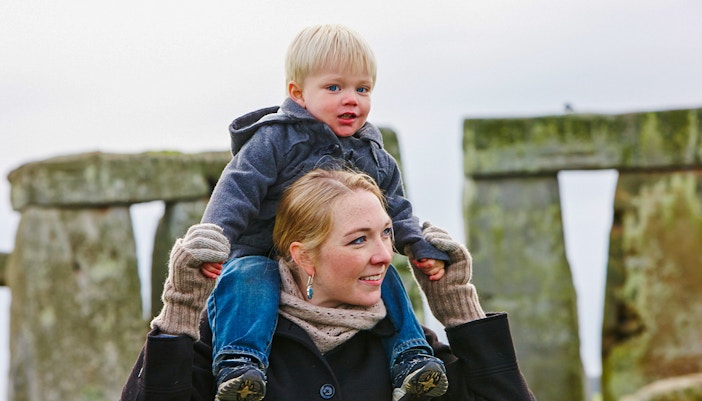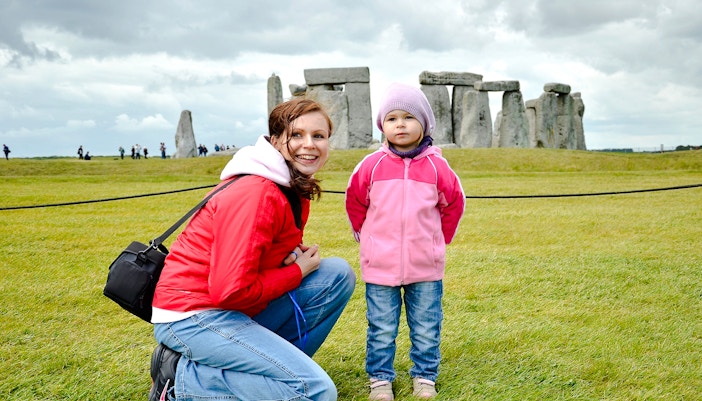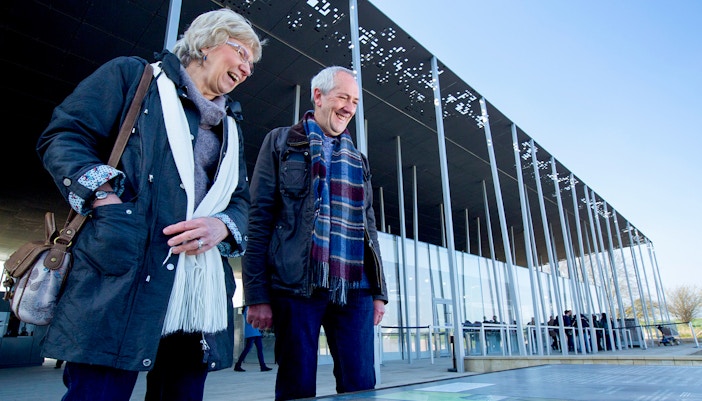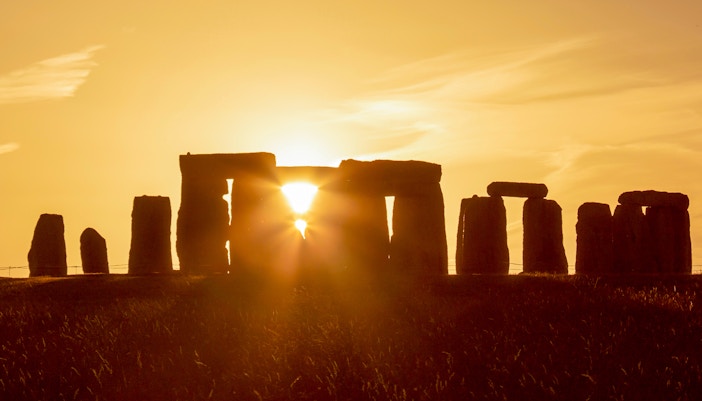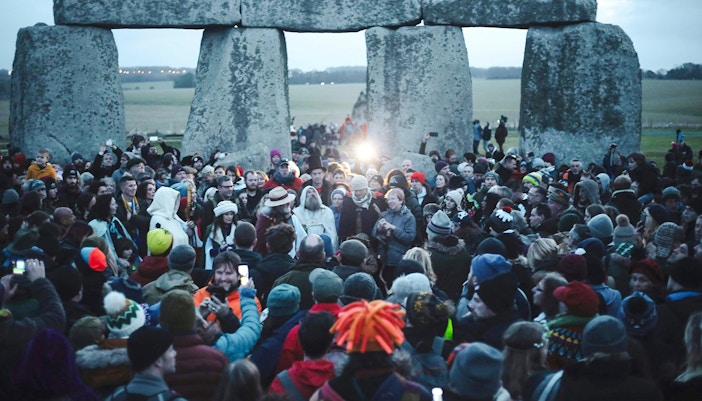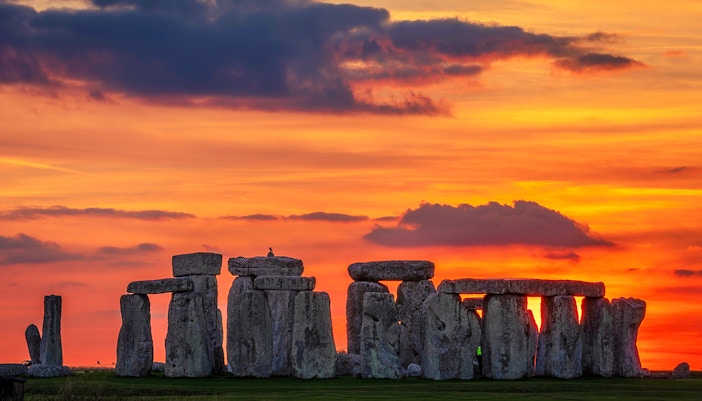When: 19 July to 31 August, 2025
Timing: 10am to 5:30pm
Get ready for some unexpected Stonehenge silliness with TV’s Taskmaster. Pick up your scorecard, complete quirky challenges, spot a rubber duck or two, and earn your reward. It’s your turn to be the Taskmaster now.
